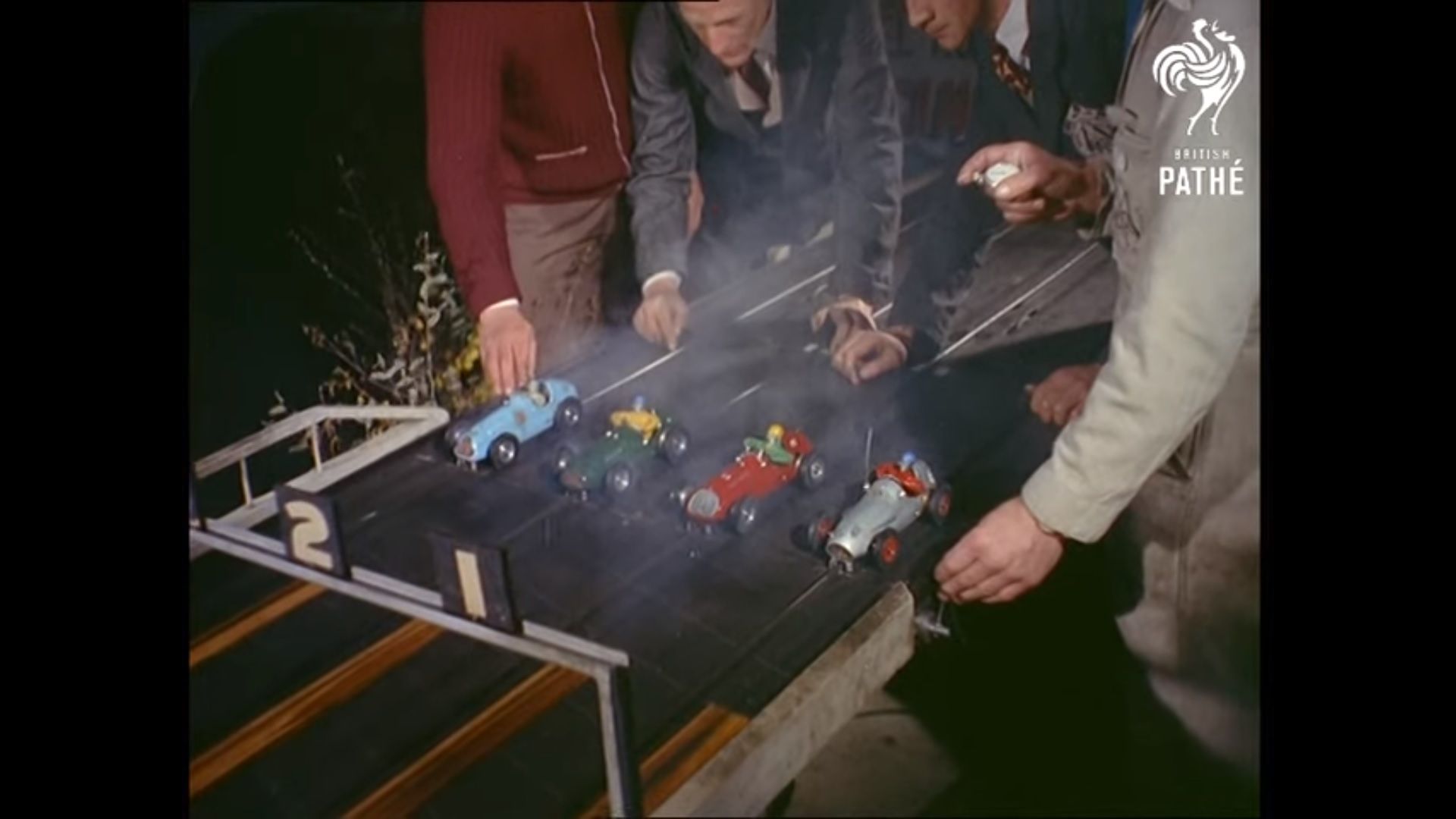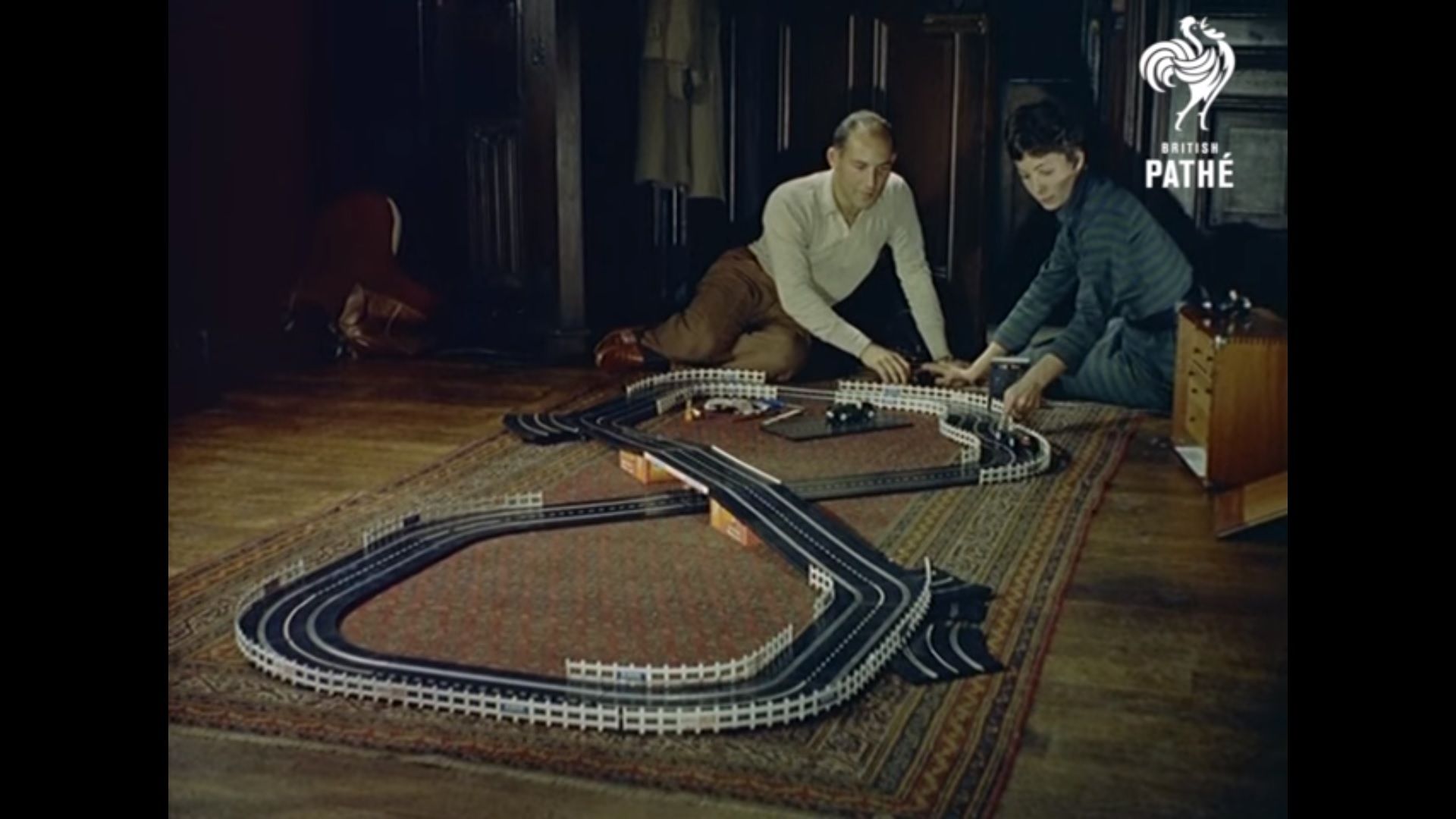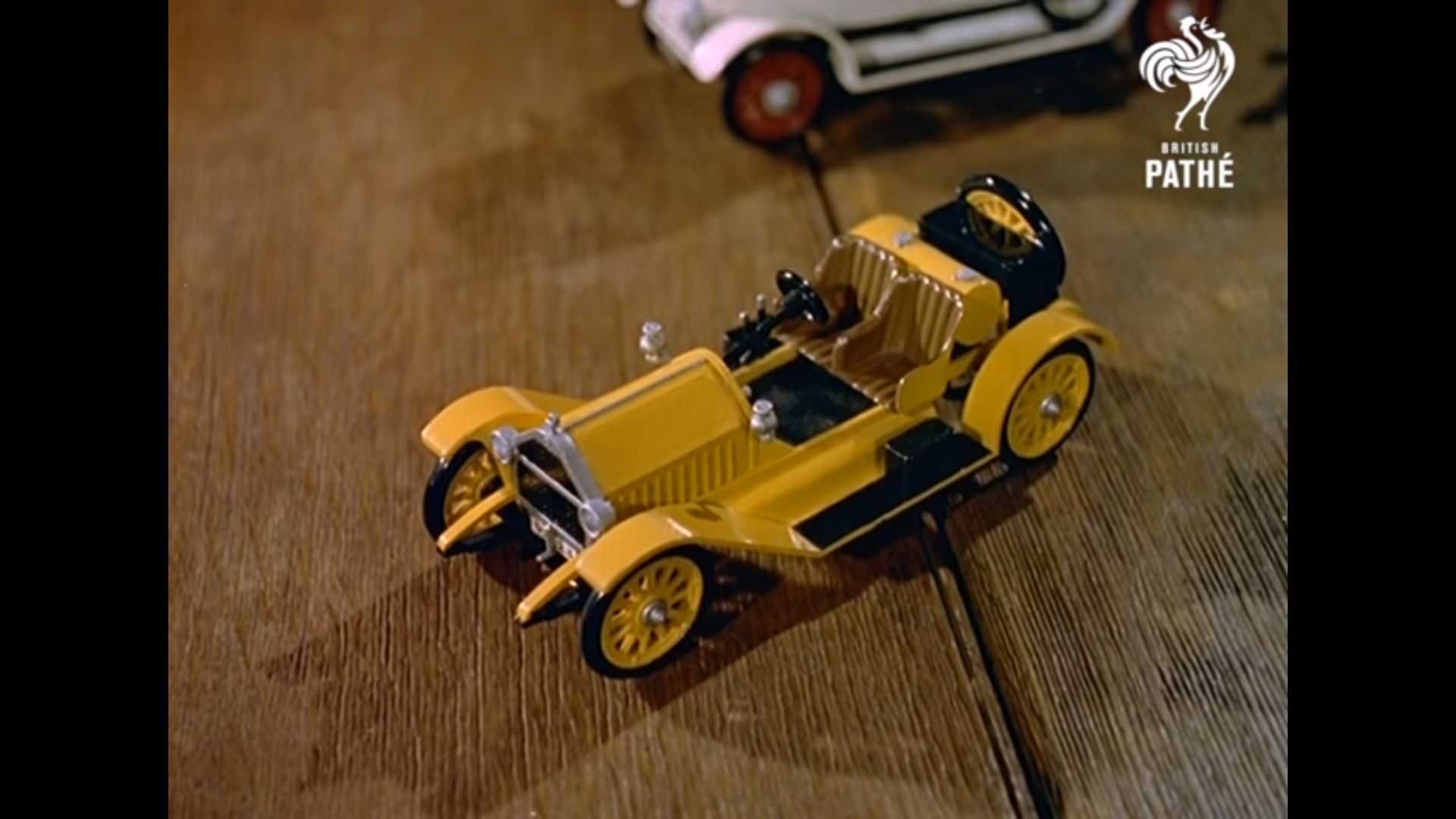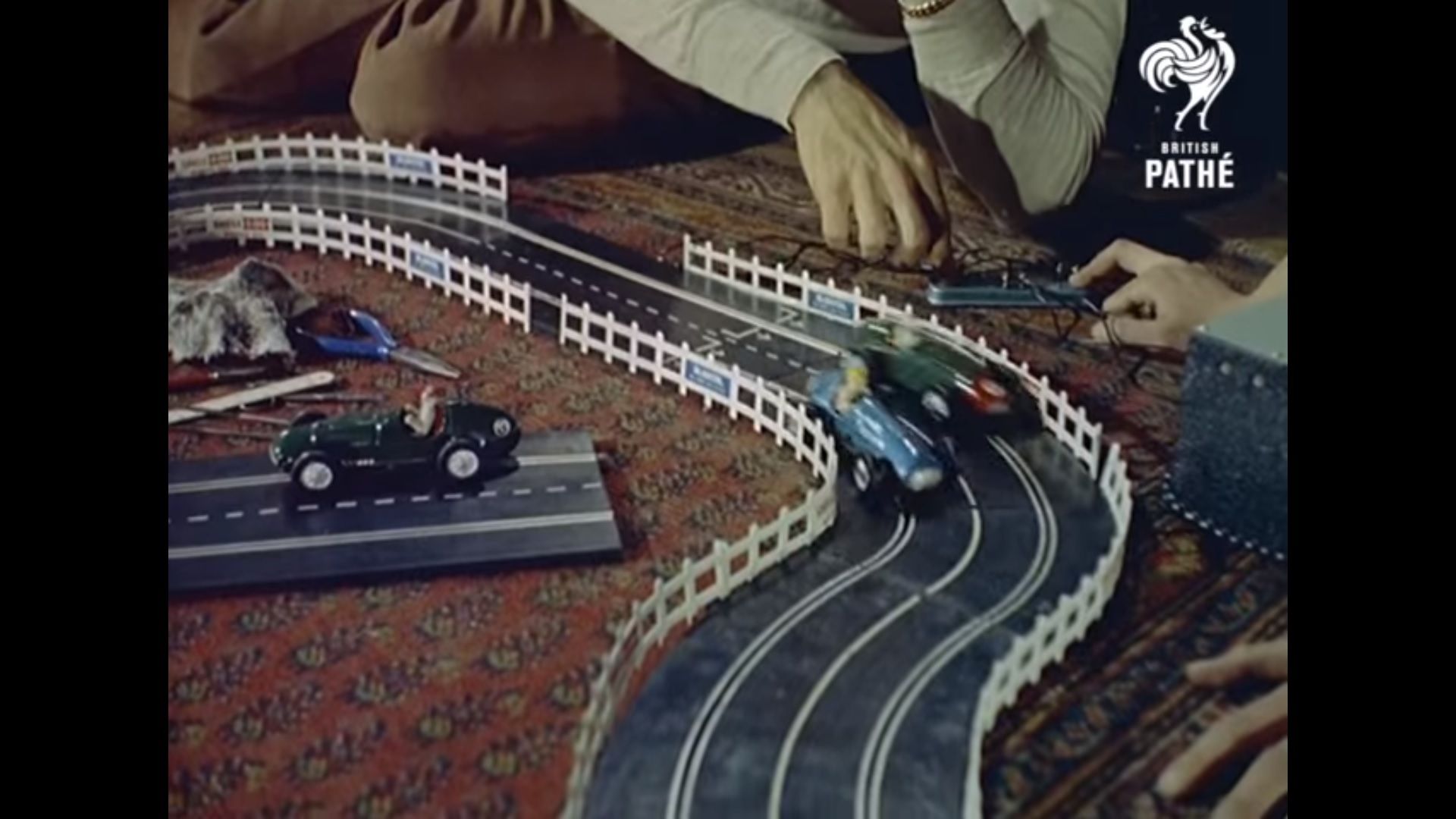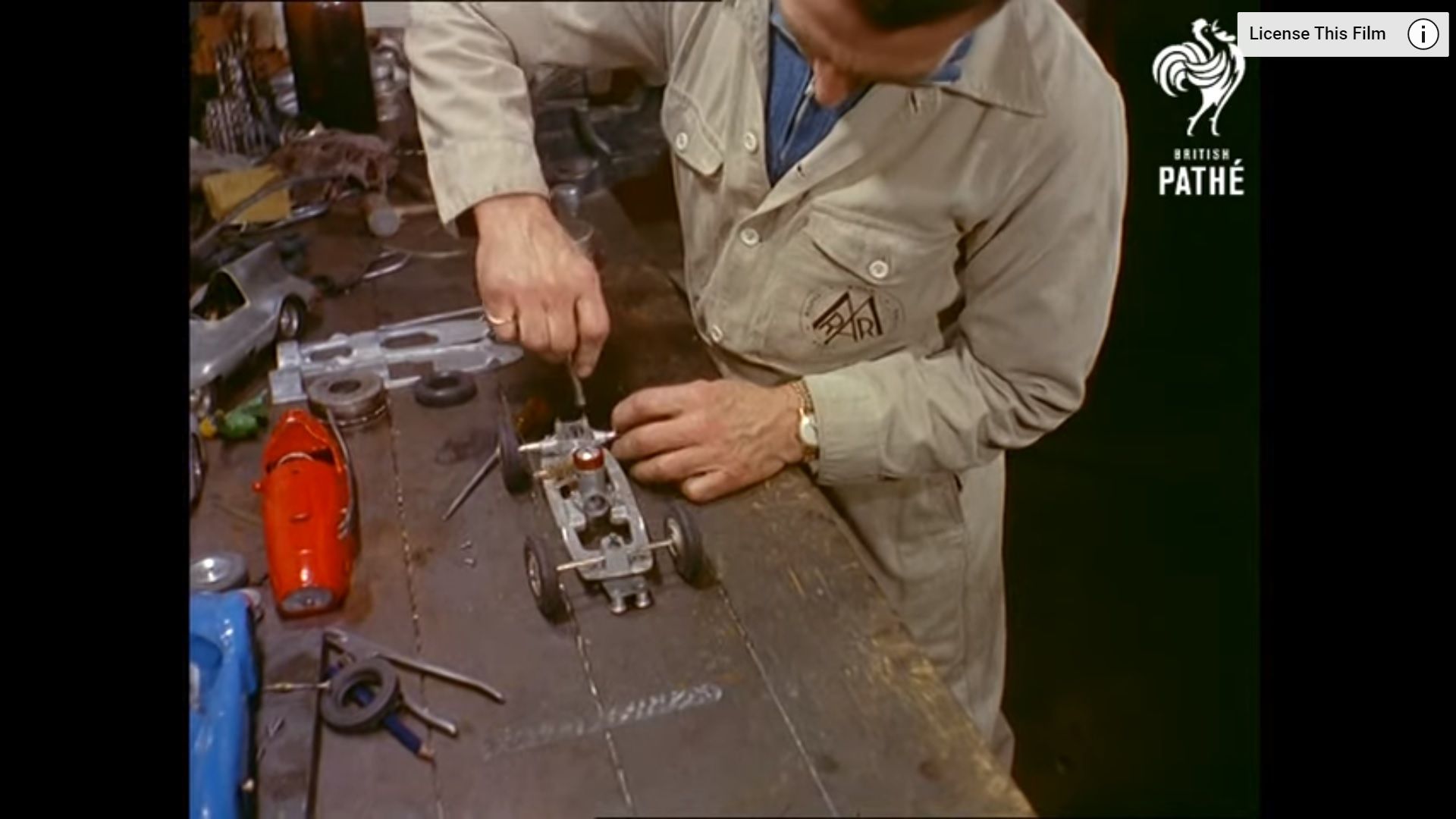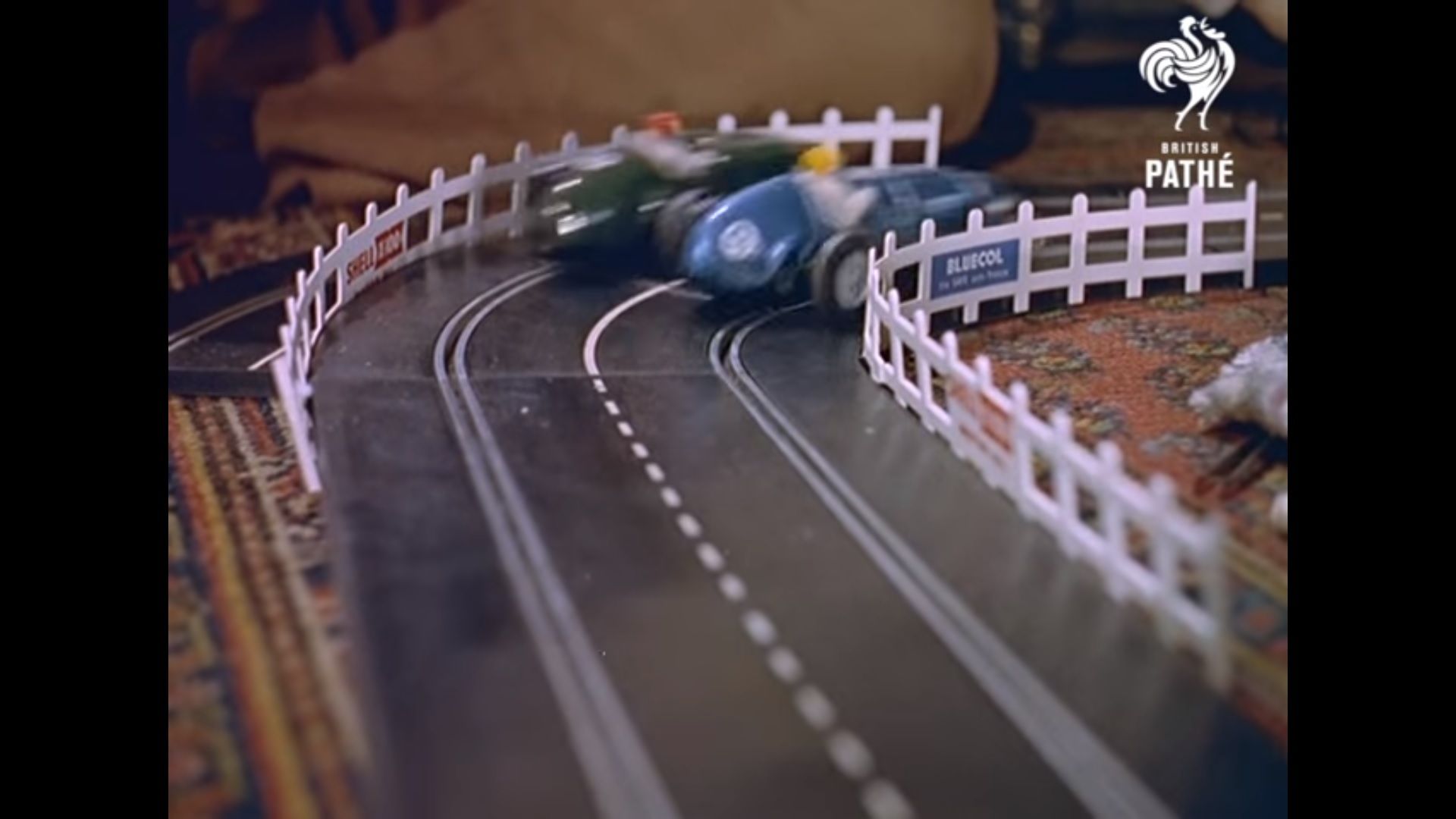Slot car racing, the sport that involves racing scaled-down models of real cars around a multi-lane road course has been around for over a century and, while nowadays kids aren't raving about it amid the surge of video games on computers, consoles, and mobile devices, here's a look back at a time when slot cars had yet to trickle down to kids. It was, just like full-scale racing, an all-adult affair.
Straight from the days of complicated DIY
Nowadays, you wouldn't hear many people chat with passion in their eyes on Monday morning about the fun they had the Sunday before at the slot car track. "The hobby in the U.S. is based entirely on nostalgia," says motorsports historian and slot car aficionado Dennis David, quoted by the L.A. Times.
It all began back in 1912 when some hobbyists over in Europe built themselves a large, oval track, and some fully-functional cars they could race on this multi-lane (each lane is known as a 'slot') course. People began to gather around to see the small cars race one another at ever-increasing speeds and, soon enough, the tracks would take up an entire arcade complete with fenced spectator areas. The cars were all made and improved by the competitors and, like in real racing, the best man with the best (small) car won.
A variety of toy-making companies caught on to the sprawling phenomenon and that's how brands like Scalextric and Carrera were established catering for the needs of those keen enough to go racing but lacking in the skills department when it came to building themselves their own models. Electrified tracks and controllable scale-model cars took over the home-made "specials" that simply ran by following the grooves of the course and, by 1960, there were thousands of clubs in the U.S. alone.
The beginning of the end was marked by the appearance of video game halls and, later on, home-bound consoles that took the kids - by now the target audience of slot car and slot track makers - away from the miniature racing leagues as they could now race one another on the TV screen at home. Fortunately, the sport has survived through those that were doing it in their youth and have remained hooked to this day.
"It's the kind of thing where once you've done it, you just can't get it out of your system," Nick Thrower says, quoted by CNN. "You keep coming back," he adds, pointing out that racing slot cars "gives people all sorts of skills, like construction skills, motor skills, how to tune a motor, how to paint a body shell, or how to drive the thing."
Ed Shorer, another enthusiast, believes that "there’s nothing like experiencing the sights, sounds, and smells of such a wide range of cars that you can race on a track and then hold in your hand," and he isn't wrong given the huge variety of makes and models on offer from a variety of manufacturers.
The only issue is cost. Even for the smallest of slot cars (HO scale), "a challenging track can be assembled for under $350," but if you want to race 1/32 scale or 1/24 scale slot cars, "the 1/24 scale Carrera track costs even more at nearly $1,300."
The cars themselves range from as little as $14 for an HO-scale car to as much as $80-$100 for a 1/24 scale model built with painstaking attention to detail. This may be the way the hobby is now kept alive by people with greying hairs, "I guess it's that kids don't get given Scalextric sets to start with," Mark Witham, Chairman of the British Slot Car Racing Association (BSCRA), says.
In the '50s, when the hobby began to gain traction, it was much the same but for different reasons.
Those complex cars ran on a mixture of ethanol and nitro, the cars were loud and fast, reaching speeds in excess of 20 mph thanks to their compression ignition engines that allowed them to go round and round for hours. Over an eight-day-long competition, the cars, with their engines revving all the way to 10,000 rpm, would cover as much as 100 miles on aggregate.
While back then it was all about building cars that could go faster, now the enthusiasts dedicate a lot more of their time "making the cars look pretty" and the tracks look realistic. Slot Mods is one of the leading companies that build bespoke tracks, founder David Beattie taking pride in the fact that even Jay Leno commissioned him to build a course.
While those huge 20 x 20 courses replicating real circuits such as Sears Point (Sonoma Raceway) or the now-defunct Riverside Raceway can cost over $30,000, the niche isn't flourishing. Back in the '60s, when there were 3,000 public slot car tracks in the U.S. alone, the leading slot car making companies were selling $500 million worth of cars and equipment a year. Those times may never return as cutting-edge technology grips the younger generations further and that's why looking at old footage like this - filmed at a gathering of the North London Society of Model Engineers which is still active to this day - is particularly interesting.

